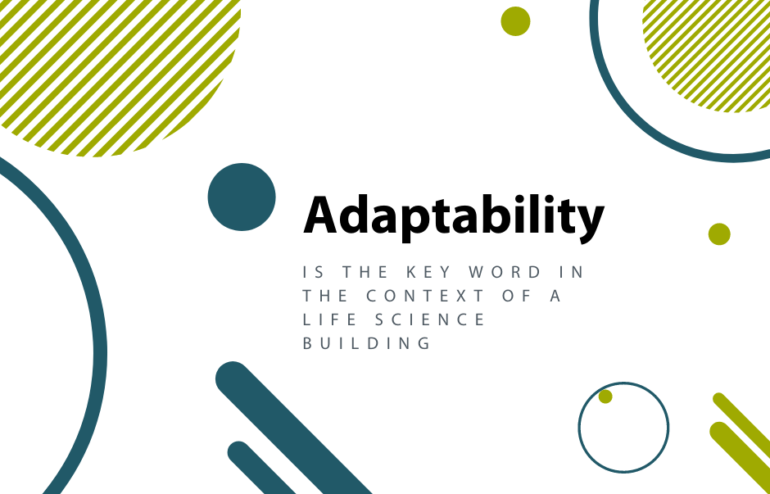The Key Word

The key word is adaptability in the context of a life science building.
Adaptability allows options to be considered when an occupiers needs change. The very nature of science and technology means that innovation and speed to adapt are key considerations for business owners.
by Rob Burborough
To respond to the future of science and technology (S&T), buildings need the same level of adaptability to flex to the changing needs as any other building would. However, taking an adaptable approach does come with cautious consideration for real estate’s developers and investors. Adaptable doesn’t mean ultimate flexibility to all possible needs, as invariably the flexibility provided may never be needed or used or may even lead to an over specification in the wrong building systems thus leading to waste and an unsustainable building.
At 3PM we believe it means thoughtful and sustainable design, operational flexibility, and intelligent optionality within a set of clear and specific guidelines that will determine, and some might say predict what the likely need of the occupier or landlord will be in the future.
It is important to also consider the occupier market being targeted and how landlord, owners and investors are able to narrow the area of risk and target the sweet spot we discussed in our recent BCO research paper ‘what the occupier wants’.

Scale up and growth expectations are important considerations that will be required by occupiers, and will also extend the life of the building, enabling it to be quickly adapted to future needs. Operational Mechanical, Electrical & Data (MED) design will ensure that when the question is asked to adapt the answer can be ‘of course as we have considered the maximum likely capacity for the type of science you undertake.’ Knowing the occupier and the likely trajectory of their business will greatly assist in predicting the future needs. Some simple questions at the briefing stage will allow for diversity of the systems in the physical and environmental need stage.
We have found that taking the whole life portfolio approach to briefing with S&T companies helps all parties to consider the marriage of the environment required with the needs of the science at a given point in time but with an eye on the future and how their businesses are likely to grow, adapt or even shrink. Each consideration will have different timelines and impacts.
At 3PM we take a business approach to Science and Technology projects by asking simple questions of the occupiers and owners needs and marry the two perspectives to predict the future, limit risk and provide ecosystems that work for all parties.

